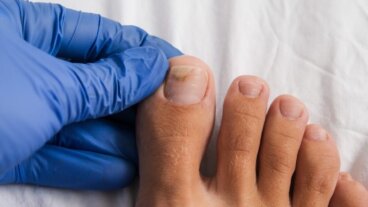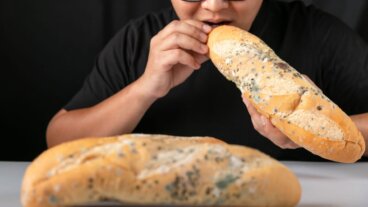Types of Bacteria Found on Money
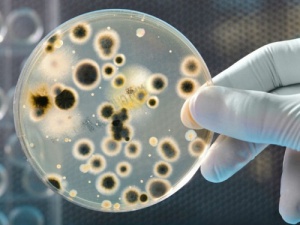
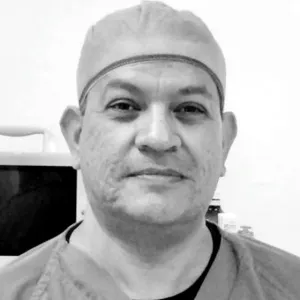
Written and verified by the doctor Nelton Abdon Ramos Rojas
In this next article, we’ll discuss different types of bacteria found on money, specifically on bills and coins. What you see will surprise you!
Although credit and debit cards are becoming more and more common nowadays, most of us still come into contact with bills and coins on a day-to-day basis.
Every day we touch a good amount of money that contains lots of bacteria. If we don’t take proper hygienic measures, this bacteria found on money can affect our health in a dangerous way.
The first obvious tip is to frequently wash your hands. With this simple step we can avoid many health problems. Touching a dollar bill can transfer bacteria to our hands, which can get into our bodies if we touch our mouth or eyes.
Read also:
According to studies done in the U.S. and Colombia, paper money contains high amounts of bacteria which can cause infections. It also contains microorganisms with the ability to cause diseases that the body’s immune system may not be able to fight off. The study also found that just like bills, coins also carried up to seven different types of bacteria.
Types of bacteria found on money
Staphylococcus Epidermitis
This bacteria causes infections in various parts of the body; some of its symptoms are: fever, fatigue, acute pain, rapid breathing and heart rate, and excessive sweating, among others.
Bacillus
Some species of bacillus do not present symptoms, however some exist which produce pathogens in both people and animals alike. The different strains of this bacteria can cause vomiting and diarrhea withing 5-10 hours of coming into contact with a host.
Read also:
Streptococcus
Streptococcus is responsible for a lot of serious illnesses. Some examples are meningitis, bacterial pneumonia, and pharyngitis, among many others. However, there are certain species of this bacteria that aren’t pathogens.
E-coli
The symptoms that this contagious bacteria causes can be severe stomach pain, accompanied with diarrhea (which on many occasions may contain blood). It can also cause vomiting, nausea and a low-grade fever. Symptoms present 3-4 days after infection.
Don’t forget to wash your hands!!
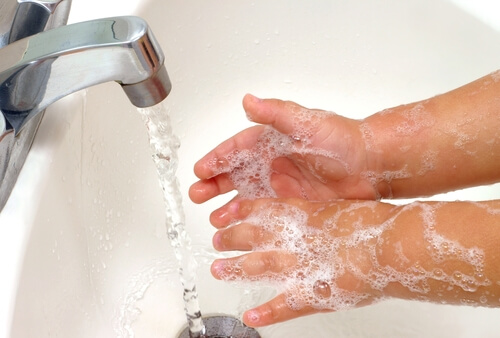
We can find many these bacteria within the environment, that’s why it’s so easy to contract them. These microorganisms can come in contact with our bodies easily, and cause illnesses if we don’t take precautions and wash our hands before eating.
Remember that, even though many bacteria that we come in contact with can cause just simple illnesses, there are worse cases that can result in gastroenteritis, or in more extreme cases, even death.
It’s impossible to avoid touching money and the bacteria it contains. But we can take precautions and wash our hands well after handling money, before eating, or before touching other parts of our body, and before holding babies. These simple practices can help avoid health problems.
Read also:
Remember…
Coins can contain up to 2,400 bacteria, some of those similar bacteria on bills; however, bacteria found on money grows as we pass them from hand to hand. Therefore, the microbes that one sick person has can transfer to everyone that touches the contagious bill.
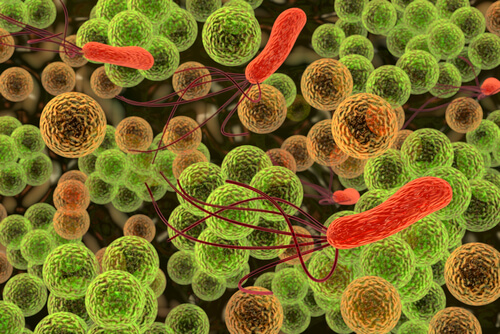
All cited sources were thoroughly reviewed by our team to ensure their quality, reliability, currency, and validity. The bibliography of this article was considered reliable and of academic or scientific accuracy.
- Cecchini, E. (2001). Infectología y enfermedades infecciosas. Madrid: Journal.
- Kumate, J. (1998). Manual de Infectología. Chichuahua: Méndez.
- Wilson, W. R. et al. (2001). Diagnóstico y tratamiento de enfermedades infecciosas. México, DF: Manual Moderno.
- Gedik, H., Voss, T., Voss, A. (2013). Money and transmission of bacteria. Antimicrobial Resistance & Infection Control. 2(1). DOI:10.1186/2047-2994-2-22
- Kuria, J., Wahome, R., Jobalamin, M., Kariuki, s. (2009). Profile Of Bacteria And Fungi On Money Coins. East African medical journal. 86(4):151-5. DOI:10.4314/eamj.v86i4.46943.
- Vriesekoop F., Chen J., Oldaker J., et al. (2016). Dirty Money: A Matter of Bacterial Survival, Adherence, and Toxicity. Microorganisms. 4(4): 42. doi: 10.3390/microorganisms4040042. PMID: 27886085; PMCID: PMC5192525.
- Otto, M. (2009). Staphylococcus epidermidis — the ‘accidental’ pathogen. Nat Rev Microbiol 7, 555–567. https://doi.org/10.1038/nrmicro2182
This text is provided for informational purposes only and does not replace consultation with a professional. If in doubt, consult your specialist.

